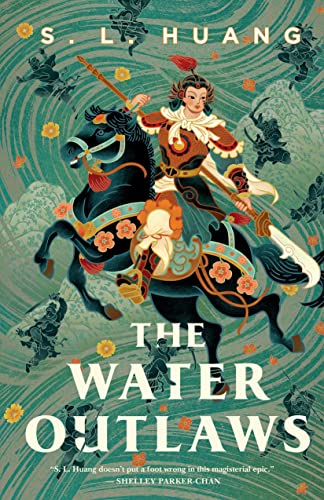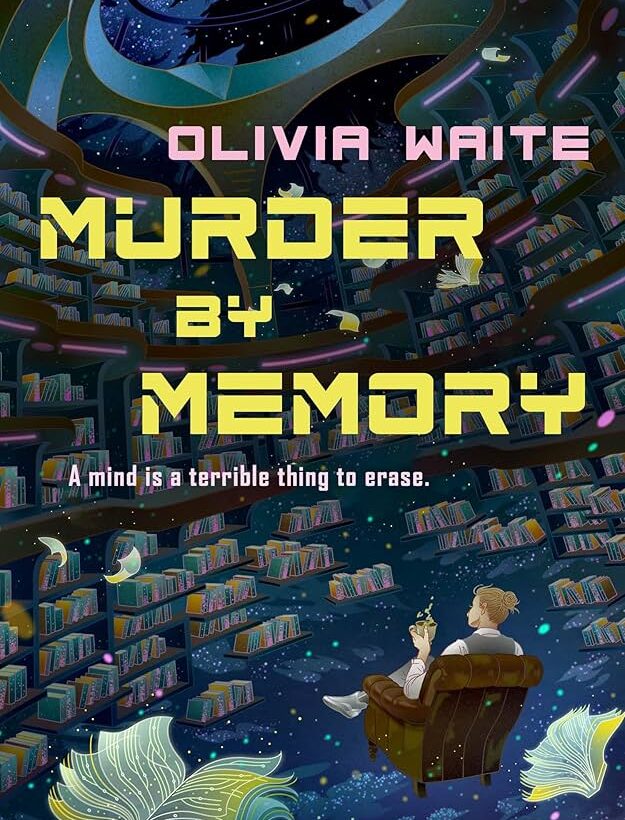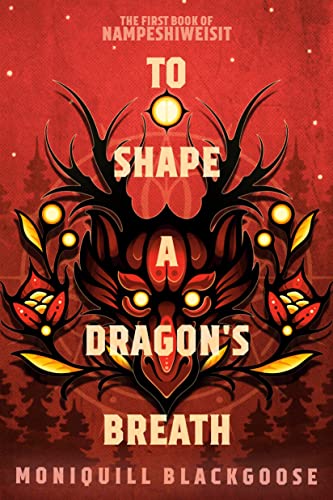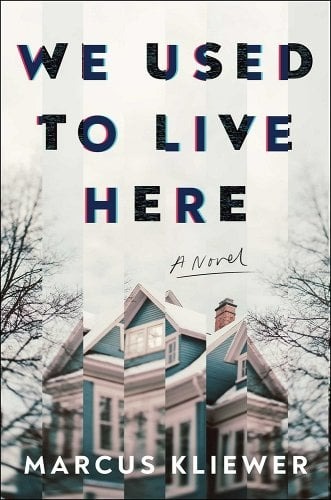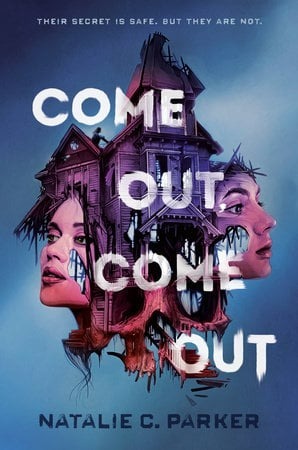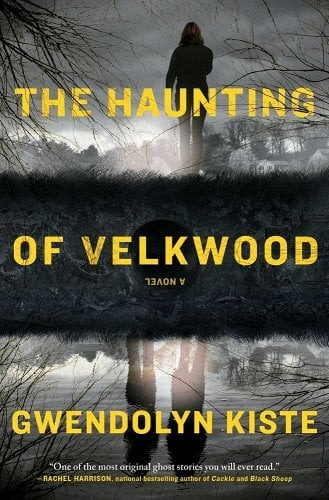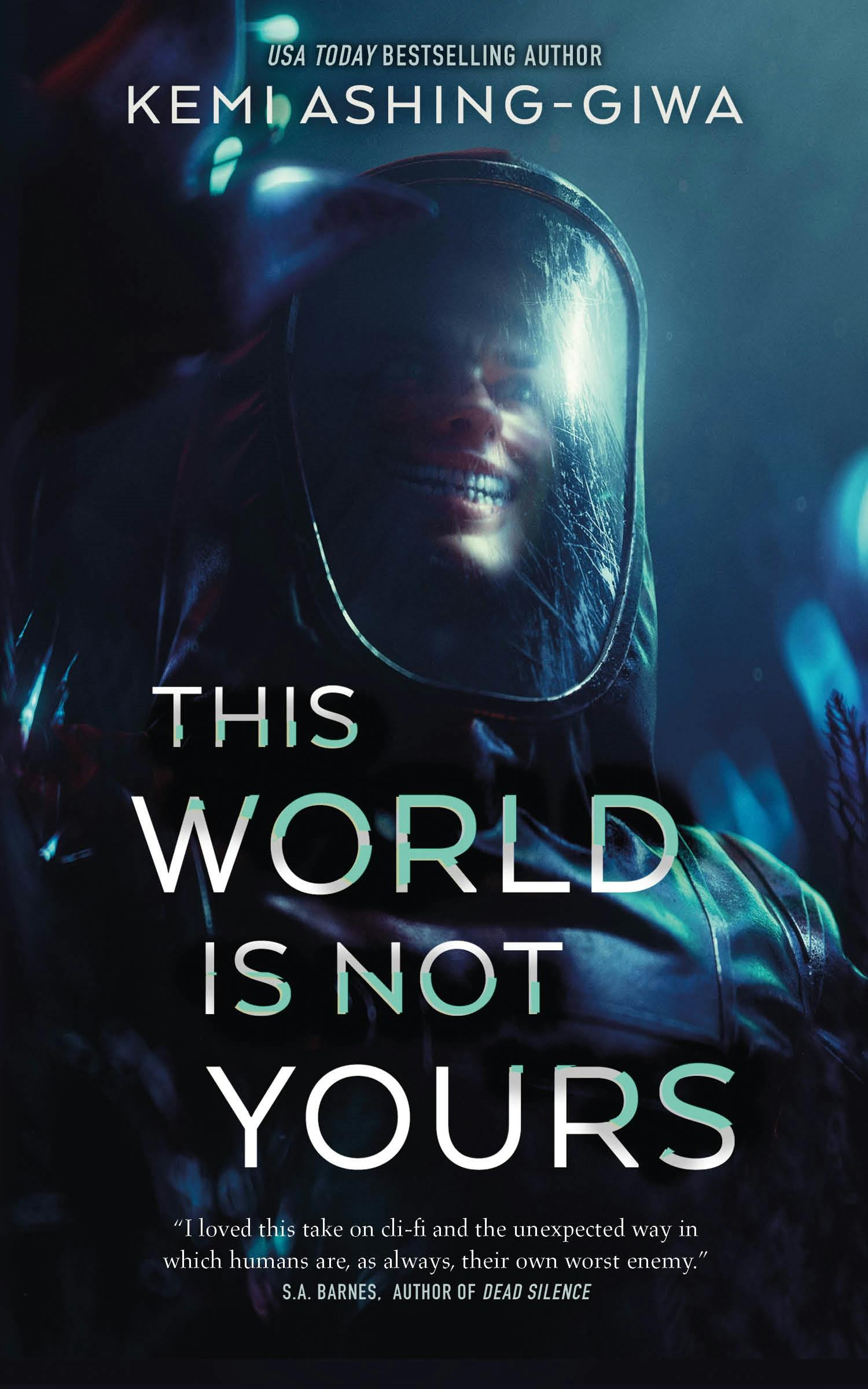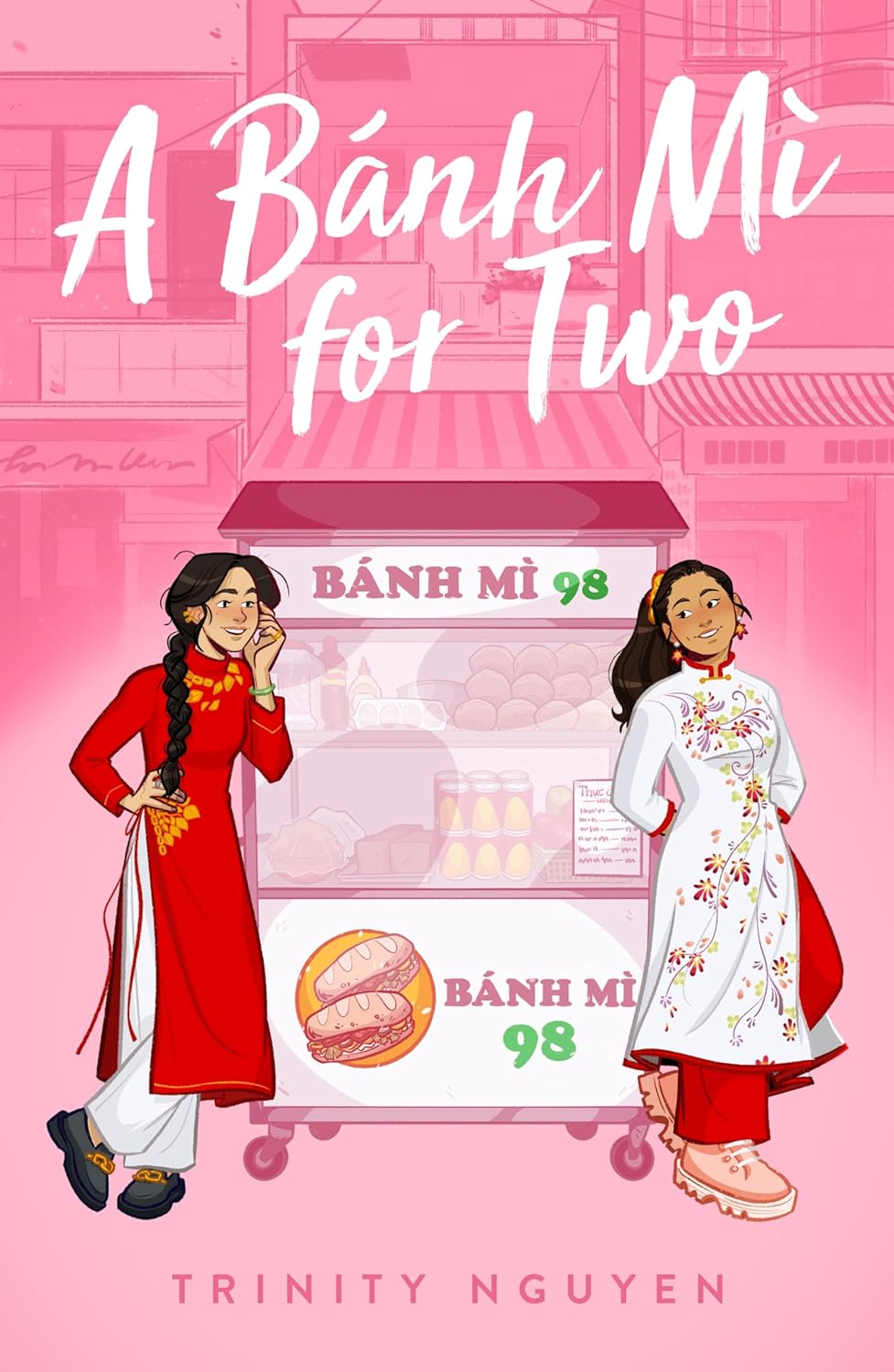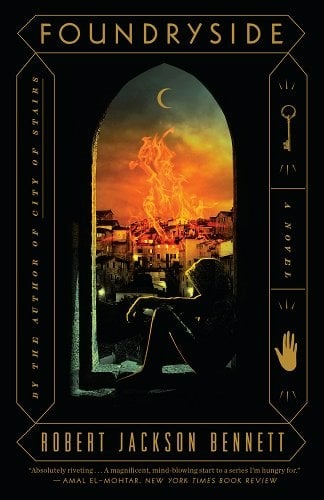The Water Outlaws by S.L. Huang is an action-packed, genderbent homage to a work of classic Chinese literature, but you don’t have to have prior knowledge of the source material to have a good time with these bandits. In Liangshan, a large group of bandits, mostly women, are forced to live outside the bounds ofRead More
A Cozy Sci-Fi Murder Mystery: Murder by Memory by Olivia Waite Review
I was quite excited to get an ARC for Murder by Memory by Olivia Waite (on sale March 18!), because I am already a huge fan of her queer romances (Hen Fever is a DELIGHT). So when I heard her newest novella was not only sci fi, but a cozy murder mystery (two genres that I think need moreRead More
A Compelling Queer Indigenous Fantasy: To Shape a Dragon’s Breath by Moniquill Blackgoose Review
I love a magic school book, and I love a dragon book, and I especially love a dragon school book. To Shape a Dragon’s Breath by Moniquill Blackgoose was such a great entry to the genre. I couldn’t put it down, and I keep thinking about its innovative world-building. Anequs is the protagonist I didn’t know I’veRead More
A Polarizing, Experimental Horror Book: We Used To Live Here by Marcus Kliewer Review
Despite us being firmly being into December, I still have a few horror books on my to-read list that I am working through, and We Used to Live Here by Marcus Kliewer came up on my library holds list. I listened to the audiobook, as I enjoy being able to yell at characters in a good hauntedRead More
The Perfect Pick for Queer Horror-Loving Teens: Come Out, Come Out by Natalie C. Parker
Now that we’re out of October, it’s time to move on from spooky books, right? Wrong. Now is the time to read all the books other people read during October and are rec-ing you. I read Come Out Come Out by Natalie C, Parker in only a couple of sessions, and I found it such an engagingRead More
The Ghosts and Secrets of Suburbia: The Haunting of Velkwood by Gwendolyn Kiste
If I had a nickel for every book I’ve read recently about a suddenly haunted suburb, I’d have two nickels. Which isn’t a lot, but I guess authors are stepping up to throw those sorts of neighborhood into the ghost void. The Haunting of Velkwood by Gwendolyn Kiste is a great little horror romp about a disappearing neighborhood,Read More
A Toxic Polycule on a Hostile Planet: This World is Not Yours by Kemi Ashing-Giwa
When The Lesbrary received an ARC of This World is Not Yours by Kemi Ashing-Giwa, I had to pick it up. This science fiction novella, which came out September 10, 2024, takes place on a colony world far in the future and involves space corporation politics, a planet with an unusual ecosystem that probably should not haveRead More
A Sweet & Sizzling Summer Romance: A Bánh Mì for Two by Trinity Nguyen
Buy this from Bookshop.org to support local bookstores and the Lesbrary! If you are looking for a sweet and sizzling summer romance to end your summer on a high note, A Bánh Mì for Two by Trinity Nguyen is a sweet romance between a Vietnamese American college student and a food blogger in Sài Gòn whoRead More
Check Out This Intricate and Fast-Paced Sapphic Fantasy: Foundryside by Robert Jackson Bennett
Buy this from Bookshop.org to support local bookstores and the Lesbrary! After I finished devouring this year’s stunning fantasy murder mystery The Tainted Cup over the course of about three days, I knew that I had to dive into Robert Jackson Bennett’s back catalog immediately. Foundryside happened to be the one my library had the shortest hold list on,Read More
A Lush Bisexual Vampire Gothic: Thirst by Marina Yuszczuk
Buy this from Bookshop.org to support local bookstores and the Lesbrary! Thirst by Marina Yuszczuk, originally published in 2020 and translated this year by Heather Cleary, is a dramatic and lushly gothic novel about two women who a string of circumstances going back over a century bring together in modern day Buenos Aires. Yuszczuk revelsRead More
